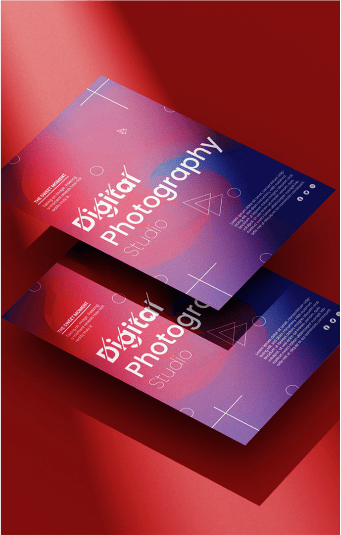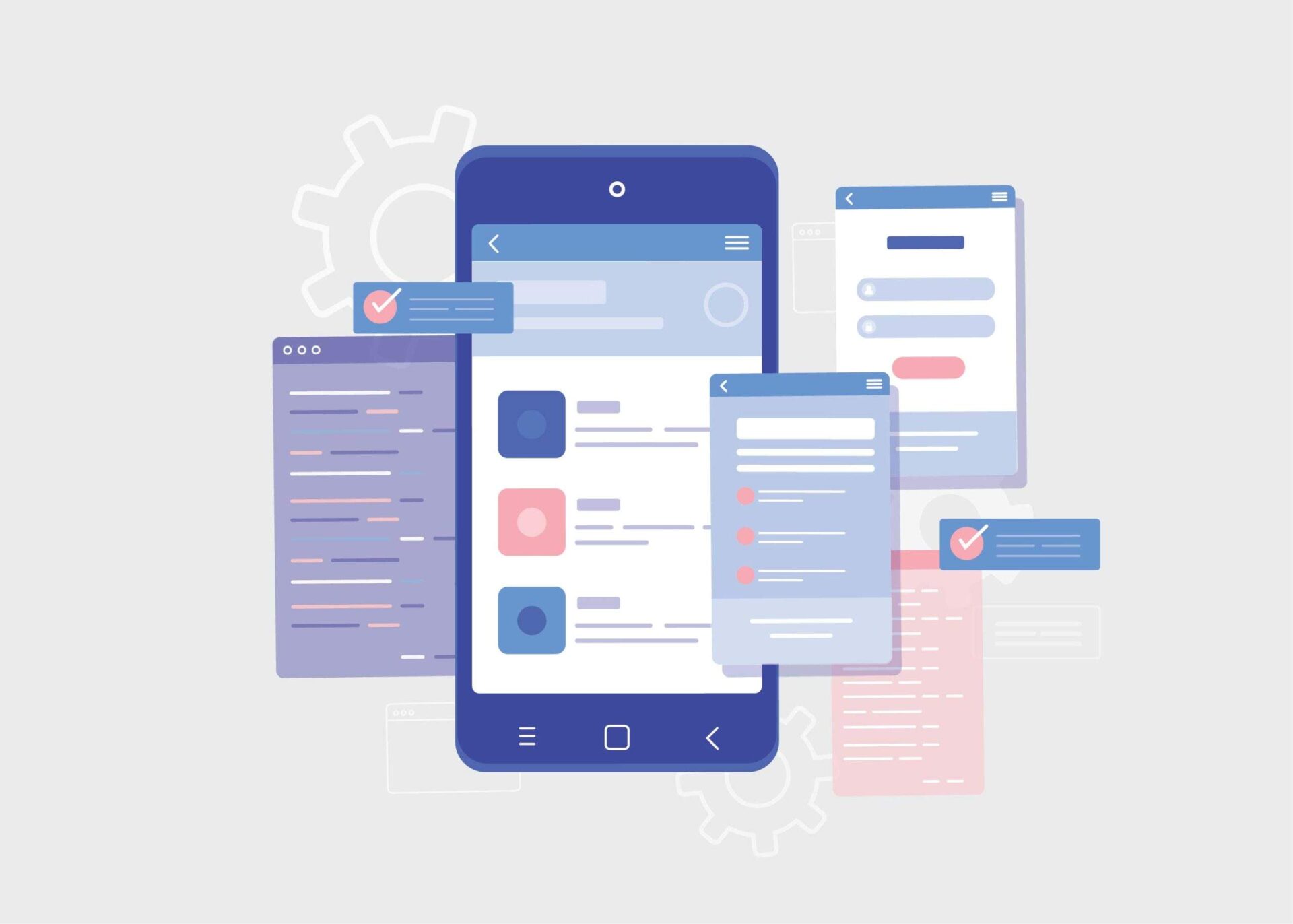Have you ever wondered which streaming service provides the best user experience (UX) when it comes to reading tunes? With an array of options out there, choosing the one that works best for you can be tricky. In this blog post, we’re looking at two of the leading music streaming services – Spotify and Apple Music – and examining their UI/UX design offerings to see which comes out on top. Stick around as we compare features such as song selection, ease of use, pricing structure, and more!
Overview of Music Streaming Services and the Evolution of User Experience
As technology advances, so does the way we listen to music. Gone are the days of lugging around CDs or relying solely on the radio for new tunes. Nowadays, music streaming services reign supreme. Perhaps the two most popular services are Spotify and Apple Music. Both offer millions of songs at our fingertips, but they differentiate themselves through their user experience. Spotify boasts personalized playlists and a sleek, easy-to-use interface while Apple Music emphasizes their integration with Apple devices and exclusive releases. However, as these companies strive for user satisfaction, they continuously evolve their platforms. We’ve witnessed the evolution of music streaming services from simply allowing users to listen to a single song to now curating an individual’s entire music library. And, with the ever-changing landscape of technology, who knows what’s next for these streaming giants?
A Comparison of Spotify’s UX vs Apple Music’s UX
When it comes to music streaming services, Spotify and Apple Music are two of the biggest players in the game. Both offer a vast library of songs and easy-to-use interfaces, but how do their user experiences stack up against each other? One of the biggest differences between the two is their approach to customization. Spotify offers more personalized playlists and easier navigation throughout the app, while Apple Music takes a more traditional approach and emphasizes album and artist discovery. However, both services have strong points in their UX design and it ultimately comes down to personal preference. Whether you’re a die-hard Spotify fan or an Apple Music supporter, there’s no denying that each has its own unique strengths and weaknesses.
a. Platforms
Spotify’s UX is known for its clean and simple design, which is easy to navigate. Users can search for music by artist, album, or genre and create their own playlists. On the other hand, Apple Music’s UX focuses on integration with the larger Apple ecosystem and boasts a more uniform design across all of its devices. Users can easily access music, create playlists, and connect with friends.
b. Ease of Use:
Ease of use is an essential factor when it comes to attracting users, and both Spotify and Apple Music are well aware of it. Spotify’s interface is known for being straightforward, easy to navigate, and has an extensive set of features that cater to every user’s preferences. In contrast, Apple has always been particular about its looks and user experience. Apple Music’s interface is minimalistic, with a clean aesthetic, making it visually pleasing to the eyes. However, when it comes to a user’s interaction with the platform, Spotify outshines Apple Music with its extensive set of features that are easy to use
c. In-app features:
Both Spotify and Apple Music have incorporated in-app features to enhance user experience. While Spotify has a more intuitive design and attractive color scheme, Apple Music has a cleaner interface. Spotify’s personalized playlists, such as Discover Weekly and Daily Mix, and user-generated playlists are some of its strongest features. On the other hand, Apple Music’s focus on providing exclusive content and curated music videos sets it apart.
d. Pricing plans:
Both Spotify and Apple Music offer subscription plans with similar features, including ad-free listening, offline downloads, and high-definition audio streaming. However, when it comes to pricing plans, Spotify beats Apple Music by a small margin. Spotify’s individual plan starts at $9.99 per month, while Apple Music charges the same but with a 3-month free trial period. On the other hand, Apple Music’s family plan allows you to share the service among six people for $14.99 per month, while Spotify’s family plan costs $14.99 for two people and an additional $5 per extra person, up to five people. Overall, Spotify offers a better deal for individuals, but if you’re looking for a family plan, Apple Music could be a more affordable option.
Benefits and Drawbacks of Both Platforms
While Spotify and Apple Music both have their benefits and drawbacks, one area that sets them apart is user experience or UX. Spotify boasts a more user-friendly interface, with features like personalized playlists and easy navigation. On the other hand, Apple Music offers a larger music library and better sound quality. Ultimately, the choice between the two platforms may come down to personal preference and what is most important to the user. Whether it’s seamless navigation or higher-quality sound, both Spotify and Apple Music have something to offer music lovers everywhere.
Analyzing Design Features of the Music Streaming Platforms:
Both platforms have unique design features that set them apart from one another, making them popular among various groups of music lovers. Spotify has an intuitive interface that allows users to easily navigate their extensive library of songs, podcasts, and playlists. On the other hand, Apple Music prioritizes aesthetically pleasing visuals and a sense of community through curated playlists and artist radio stations. Analyzing the design features of these platforms can help users decide which service best suits their preferences and needs. Whether you’re a die-hard Apple fan or a Spotify loyalist, there’s no denying that both music streaming giants offer a compelling listening experience.
How the Future of Music Streaming Services Could Look Like:
While Spotify was founded in 2006, Apple Music, on the other hand, entered the game much later in 2015. As these two streaming services continue to evolve, we can expect to see many changes. There could be new features that enhance the music streaming experience, such as interactive playlists and podcasts. Additionally, there could also be more personalization options that cater to individual preferences. As Spotify and Apple Music compete for dominance, it remains to be seen which service will emerge as the industry leader. Nevertheless, for music lovers across the globe, the future looks bright as these platforms continue to innovate and offer their users the best music streaming experience possible.
Final Thoughts on the Future of Music Streaming Services
As the music industry continues to evolve, it’s no secret that streaming services have become a major player in the industry. With Spotify and Apple Music leading the pack, it’s hard to predict which one will come out on top. However, it’s clear that both platforms have their unique strengths and weaknesses. While some prefer the personalized playlists and user-friendly interface of Spotify, others swear by the exclusive content and seamless integration with Apple devices offered by Apple Music. Ultimately, the future of music streaming services is anyone’s guess. But one thing is for certain – as the industry continues to evolve, so will these platforms, and we can only expect more innovations and exciting developments in the near future.
Conclusion
Conclusively, we can see that the changing landscape of music streaming services has allowed users to leverage different types of platforms with distinct UI/UX designs. Ultimately, we can expect that the main themes driving design improvements on today’s top services are personalization, tailored discovery experiences, and a focus on seamless integration between platforms to provide convenience and superior methods of usage. As more companies begin to attract customers to their particular services with better leaps in technology, user experience research will become increasingly important in helping them develop more convenient solutions. In its current state, music streaming services have already taken some big strides in bringing user experience design up to speed so they can offer better products to attract and retain customers in the future.









